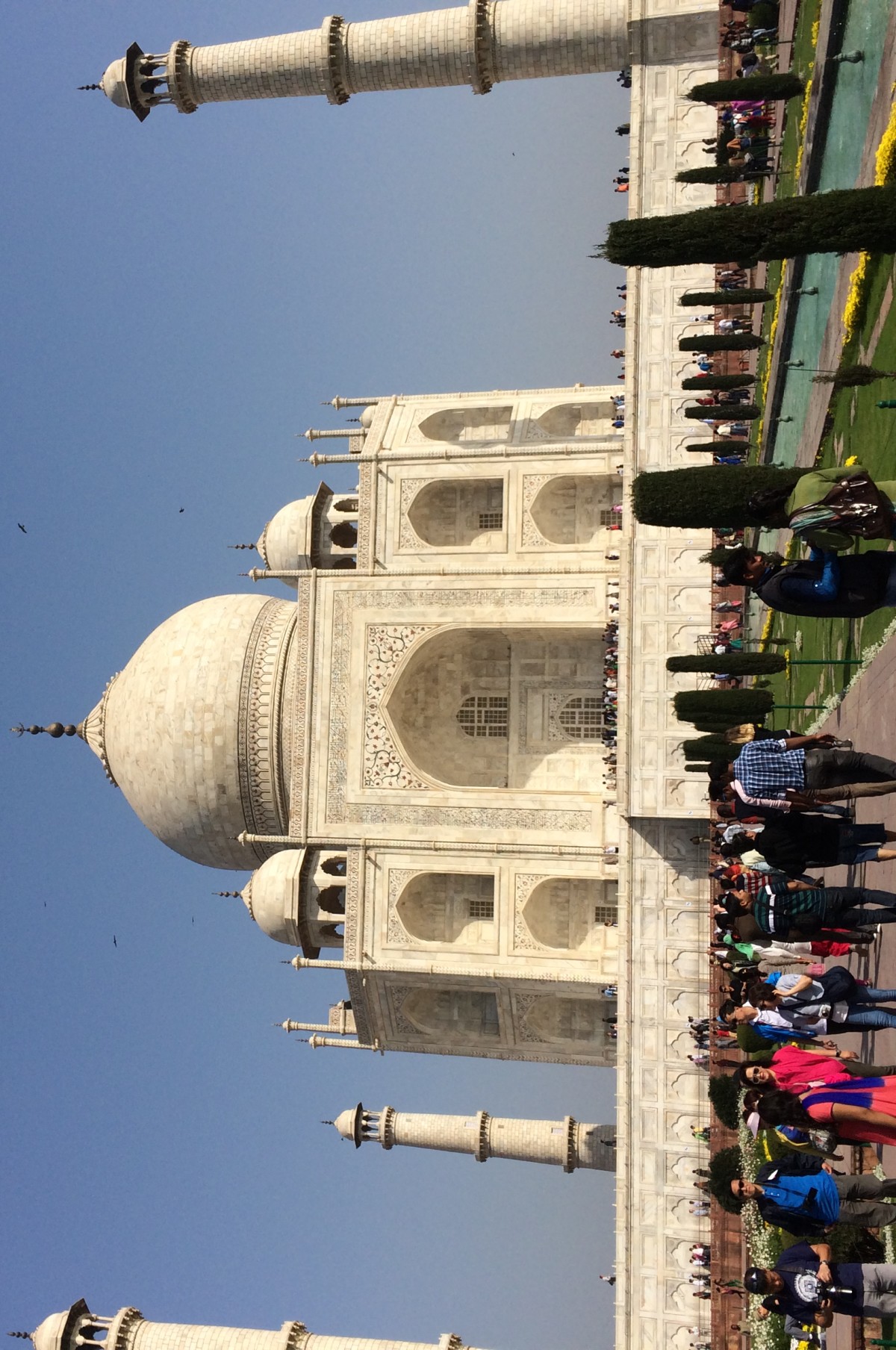In a few months, my family and I will be transitioning back to Denver, Colorado after 2 ½ years in Mumbai, India. When we first moved to India, we embraced the unknown, the new life, and the most rewarding journey we’ve had thus far. However, as we move back, there’s a bit more stress trying to re-integrate ourselves back into our old lives. The place will be the same, but we are different after living such a global lifestyle. Additionally, I am also re-starting my career to leverage my newly minted MBA from Washington University in St Louis and Indian Institute of Technology Bombay and global experience into opportunities that I didn’t have before.  While this is all very positive, your mind still has a way of taking control creating unnecessary emotions like anxiety.
While this is all very positive, your mind still has a way of taking control creating unnecessary emotions like anxiety.
I sat down with a friend who gave me sound advice for both a career and personal perspective. He summed it up in three words: “Settle your mind”. That was it, and it struck a chord with me the moment he said it.
- You cannot control others, just your own actions. Focus on what is in your sphere of influence.
- Use your energy wisely – Focus on what will improve yourself directly and eliminate little things that do not matter. Do you really think spending more time thinking or regretting about the past will fix the future? See my previous blog – Giving Thanks with Touch of Karma’s Point #4: What is over is over, don’t hold on to the past.
- Settle your mind. Don’t let your “mind monkeys” paralyze or cause unnecessary negative feelings or actions.
It was refreshing to hear and sometimes, we need to remind ourselves what really is important. The rest can wait…
















